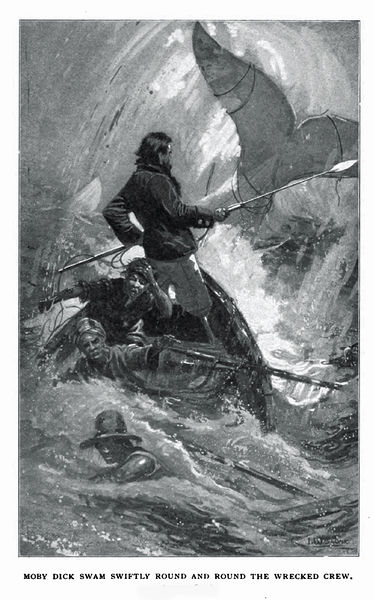In amongst the crowd, everyone else seems to know one another. This time last year, I doubt I’d have known anyone. But this year I find someone I know (and there’ll be two more as the evening continues). While my friend and I chat, the official launch of the 2013 Emerging Writers' Festival (EWF) program looms and EWF staffers usher us to our seats. When one gets to me she smiles. ‘Oh! Hi Pepi! I didn’t know you were going to be here,’ she says warmly, ‘but then again…you’re always at EWF things!’ And I smile too, because it’s true. I am. I only learned about the EWF a year ago. But I’ve been an absolute fan since. This is because the EWF has been at the foundation of my achievements in the past year.
I might be new to EWF but this year it’s celebrating its tenth anniversary. I can’t begin to imagine how many careers it has ignited in that time. For me it started with an encouraging PS on a kind of ‘rejection’ email to last year’s call for writers. I’d expressed my interest in the context of experiments I had done using Kindle as a way to publish long form non-fiction. ‘PS’, Karen Andrews (EWF's Program Manager) wrote at the bottom of the email, ‘On a personal note, I really like your idea of long-form work potentially finding an Amazon/online audience. Good luck with it.’ I liked that she liked my idea, and her encouragement fed another idea I’d been kicking around for a while. A week later, the first fizz of EWF-inspiration took action, and I started planning this blog.
The 2012 Festival arrived and I was heartened by what I learned. I paid just $65 for a weekend of Town Hall conferencing which was unbelievably good value. This was one of the best investments I’ve made in my writing career so far. At the conference I made a new writer-friend. I learned that I was not alone in my goals and aspirations. I was inspired by the experiments of other writers dealing with our changing publishing environment. I became convinced of the need of a platform in which to write regularly.
A month later I launched this blog. My original intention was to write and post a few weeks in advance, but I was far too inspired. So I uploaded four of the five posts I had already written, backdating them to May. (Read my first post: Give up the newsroom or your career gets it). That may have been enough inspiration from one festival, but for me at least, the EWF is a festival that keeps on giving. Andrews’ PS and the Town Hall Conference were just steps one and two. There were plenty more to come.
I kept writing my blog every week. I started with no readership, but loved the discipline of writing and thinking about writing regularly (and still do). When the EWF put the call out for Emerging Bloggers for the Melbourne Writers Festival I put my hand up. I’ll never forget the thrill of learning that Future of Long Form had been selected. I was whooping through our empty house. The EWF had given me a great opportunity.
In August 2012 when the Emerging Blogging gig began I was struck by the warmth of both EWF and MWF staff. I didn’t know it yet, but EWF was making me a part of a writing community. I now had new writer friends and industry contacts (including my fellow Emerging Bloggers). Thanks to my MWF/EWF calling-card doors opened to interviews with prominent writers and organisations like Creative Nonfiction magazine, Robin Hemley and Margaret Simons. Plus I had ten days of uninterrupted inspiration with my cherished free festival pass. At the end of the festival I wholeheartedly thanked both the EWF and MWF for an amazing experience - somehow thinking their contribution to my career couldn’t get any better than this. Ha!
From Andrews’ PS, to the Town Hall Conference, to starting my blog, to becoming a blogger for MWF came a new opportunity. Based on my interview and post about Robin Hemley I was selected as an official blogger for the NonfictioNow conference. It’s another opportunity to interview great writers of international stature and I was gifted with more days of inspiration at that conference.
By then I'd developed the discipline of writing everyday, and I felt that my work was all the better for it (of course, I’ve still got a long way to go). I also learned a huge amount about long form, writing craft and distribution. I had some impressive names on my blog, which lead to more great names, which increased my readership. All of this makes me consider that none of this would have happened without the EWF. But it doesn’t even end there! It’s no wonder I’m a card-carrying fan.
In January 2013 I got two more whoop-worthy emails, which I wouldn’t have, were it not for the journey that EWF began. Imogen Kandel, Online Editor of Killings (Kill Your Darlings blog) invited me to be a 2013 columnist on Books and Writing. (My work was first exposed to Kandel during MWF). And the Wheeler Centre awarded me a Hot Desk Fellowship. I doubt I would have applied for the fellowship if the EWF team (especially Karen Andrews) hadn’t encouraged me and my new writing career all those months ago. (Props too, to former Director Lisa Dempster and new Director Sam Twyford-Moore - love their work!).
So yes, that’s why I am a card-carrying fan of EWF - and that’s why you’ll often see me at their events. I hope you'll all go to plenty of events (view the program here) because you never know what might happen. And when you do go, come and say hello. I’ll be at the Town Hall Conference and other events and will be tweetings.












